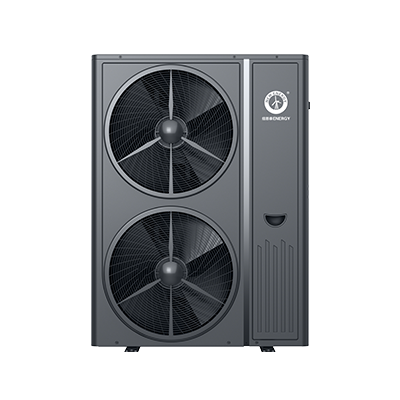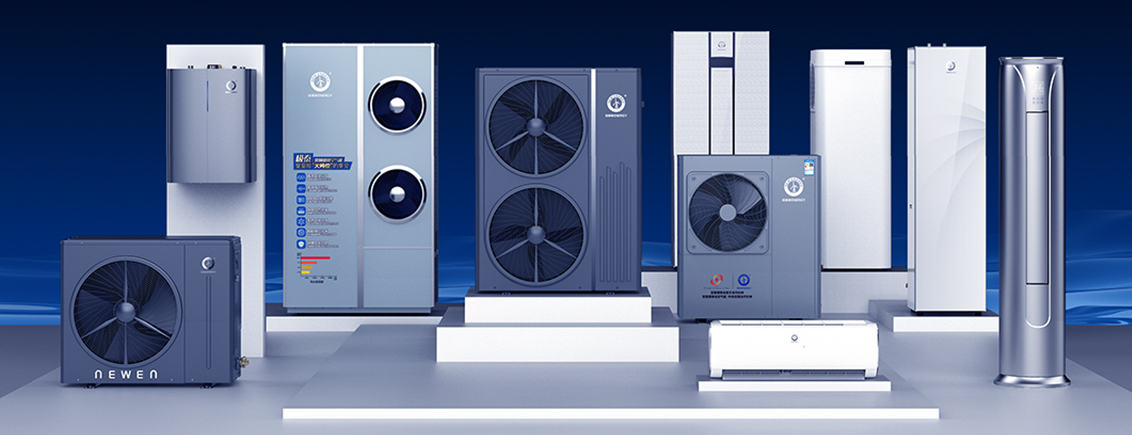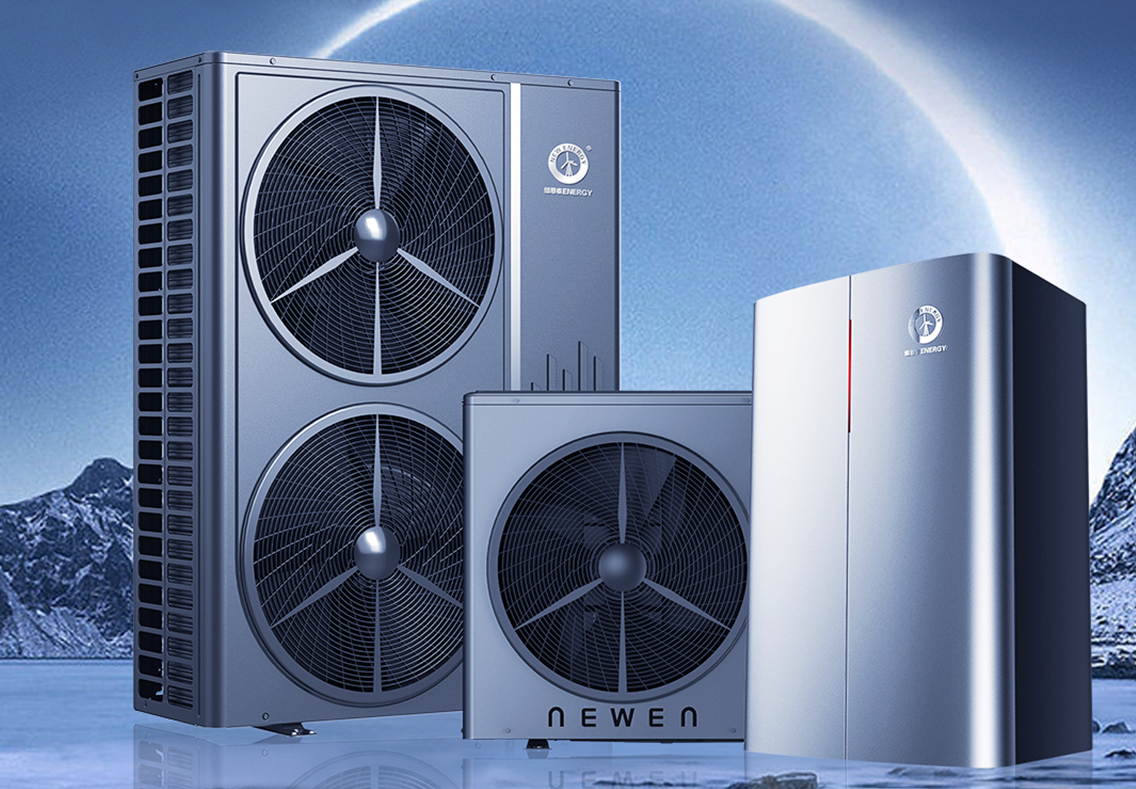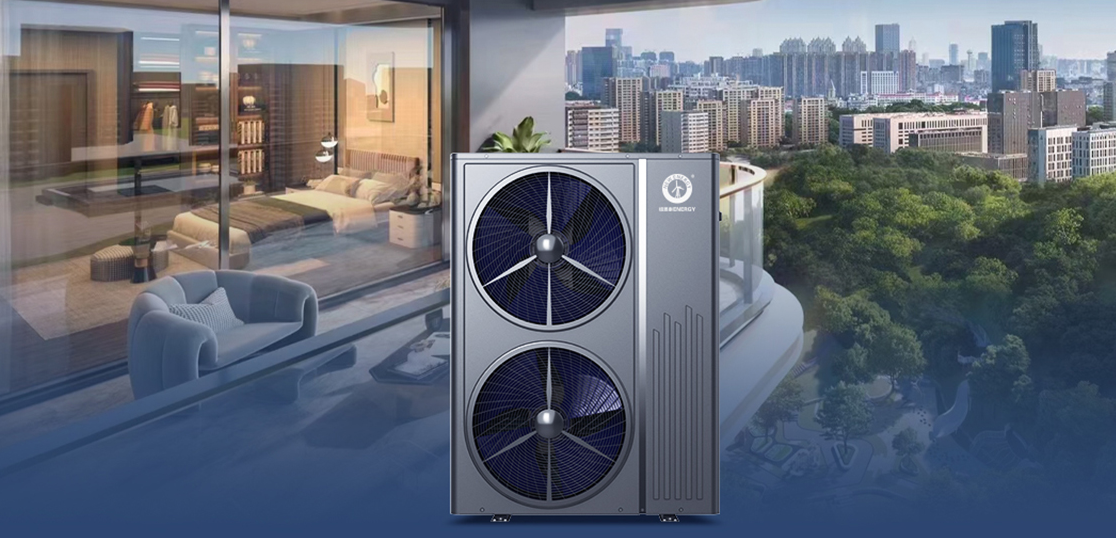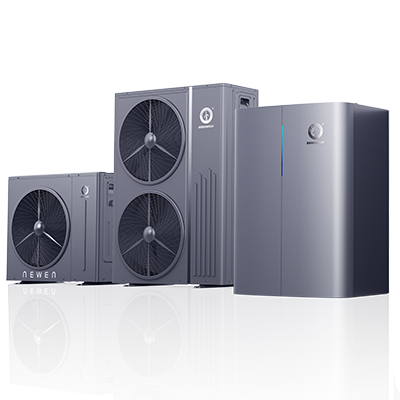Heat Pump Installation Costs: Key Price Factors
If you're considering upgrading to a more comfortable heating and cooling system, you may be asking yourself the obvious question: how much does a heat pump installation cost?
Unfortunately, there is no simple answer. The price of an air source heat pump depends on the size of your home, the type of heat pump system, available financial incentives, and other variables. However, by knowing the true cost of installation, homeowners can better understand the potential costs and benefits of this all-electric, all-in-one heating and cooling system. Below, we explain the basics. You can also get started right away with a free instant heat pump installation cost estimate:
How much does a heat pump installation cost?
I. Introduction to heat pumps
Air source heat pumps (often referred to as mini-splits) are the most popular and affordable heat pump technology (followed by geothermal heat pumps) because they are an efficient heating and cooling solution for almost any home or building.
Rather than generating heat through electrical resistance or fuel combustion, air source heat pumps use outdoor air as a heat source (in winter) or radiator (in summer). They can provide heating and cooling while typically reducing overall utility bills by 20-40%.
For a more detailed explanation of how air source heat pumps work, read: What is an air source heat pump? Your go-to guide.
4 Key Factors Affecting Heat Pump Installation Costs
The average cost of a ductless air-source heat pump unit for a 2,000-square-foot home in 2022 is about $8,000 to $10,000. However, the cost of the equipment is about one-third of the total price of a typical remodeling project. Influencing the cost of a heat pump installation into
1. Heat pump features and sizing
While all air-source heat pumps use the same basic process to provide heating and cooling, certain models have features that make them a better choice for certain types of properties. For example, some heat pump systems can be equipped with higher-rated filters for enhanced air filtration, while many newer models have variable-speed motors that increase efficiency.
The size of the heat pump system you need is also an important determinant of cost. Factors that affect heat pump sizing include your local climate, the square footage of the space to be heated and cooled, the effectiveness of insulation or weatherization, and comfort preferences. An 8-square-foot building in a cold climate like Chicago requires a much larger heat pump than a 000-square-foot home in a mild climate like Atlanta. Properly sizing a heat pump system is a critical step that requires the help of an HVAC expert.
Aesthetic differences may also make certain models more suitable for specific applications. Take the following two Mitsubishi air handlers, for example. While both perform the same task, recessed ceiling boxes may cost more than wall-mounted installations for those who prefer a low-profile design.
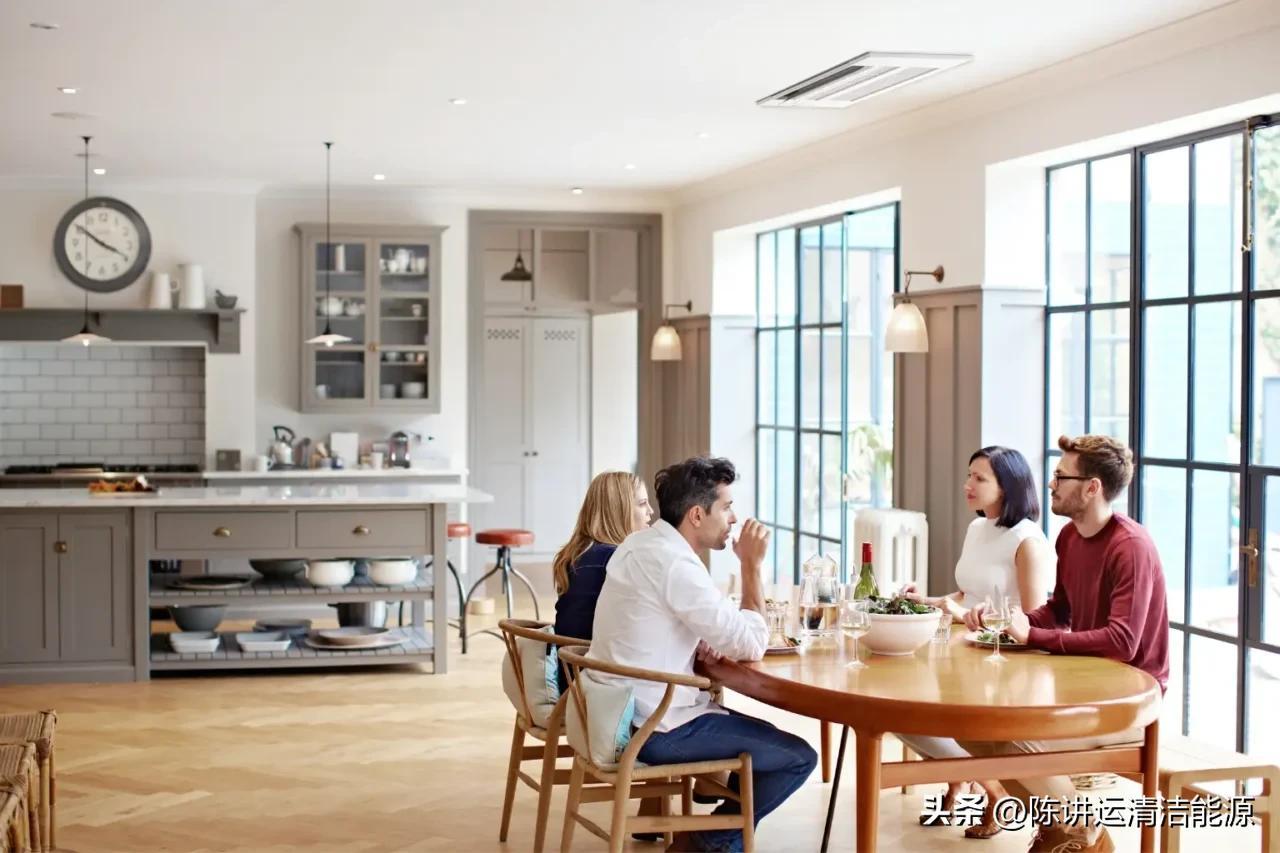
This type of heat pump system installation from Mitsubishi Electric Trane uses flush mounted ceiling boxes for air handling.

The system uses the more commonly used, and usually less costly to install for heat pumps, wall-mounted air handlers.
2. Heat Pump System Types (Ductless vs. Ducted)
If a home has existing ductwork, a heat pump system can use that ductwork to distribute hot or cold air. This can significantly reduce overall installation costs, but there are several important drawbacks.
For starters, every type of HVAC system loses some energy efficiency when moving air through ductwork. While ducted heat pumps are still much more efficient than gas furnaces, ductless systems offer the best performance.
In addition, ductless heat pump systems can maintain different temperatures for each heating and cooling zone. In other words, if you prefer your bedroom to be cooler than your living room, a ductless heat pump system provides a way to keep both rooms comfortable and reduces your utility bills because you won't have to pay for heating you don't need. Ducted air source heat pumps cannot provide this level of precision.
Despite these drawbacks, ducted heat pumps are a more suitable option for certain types of properties. They are efficient, environmentally friendly and relatively inexpensive, but you will need to have your property professionally evaluated to determine which type of system will provide the best long-term return on investment.
3. Electrical upgrades to support heat pump installations
Although air source heat pumps are highly efficient, they require electricity to operate. Depending on the configuration of the new system, the existing breaker box (or load center) may not be adequate, and the installer may need to run new wiring to both the indoor and outdoor units.
Factors that affect the cost of electrical upgrades include:
Distance and linear length of wiring
Cost of obtaining permits or performing inspections
Aesthetic considerations (such as replacing sheetrock)
When a property's existing electrical infrastructure can support a heat pump unit, the total installation cost is significantly reduced. In our experience, approximately 90% of retrofit projects require some type of electrical upgrade.
4. Labor and installation costs for heat pumps
Labor costs vary depending on the complexity of the installation, and BlocPower's team considers dozens of parameters when evaluating each project, including where outdoor and indoor units will be installed, the length of run between units, and whether the installer will need to take special precautions to protect the building's appearance.
During the first phase of the BlocPower process, we will provide a preliminary Statement of Work (SOW) and estimate the full installation cost. Our team will also perform a cost analysis and energy utility analysis to provide you with an accurate projection of potential savings.
After conducting a site visit, we provide a final SOW and total cost. If the project cost exceeds your budget, you are under no obligation to proceed.
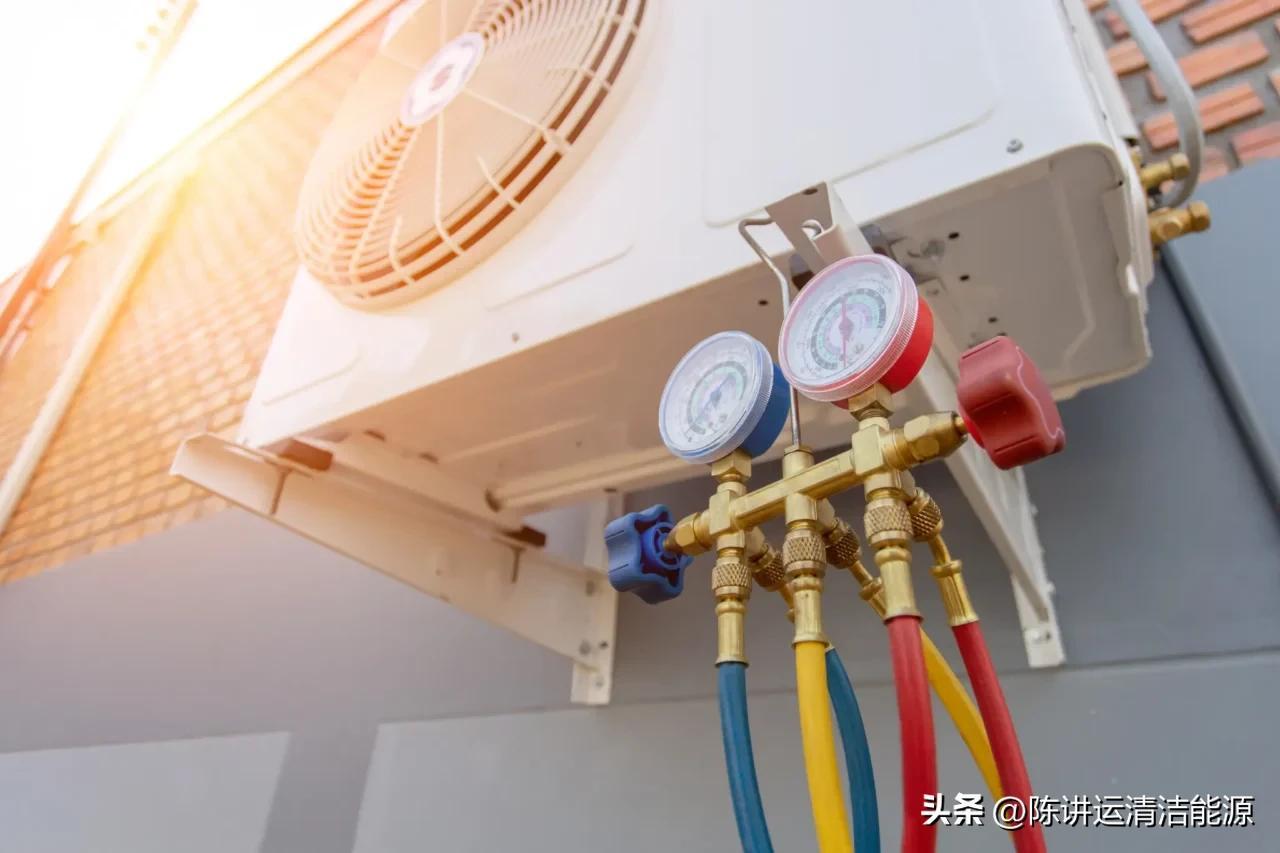
What willyourheat pump installation cost?
Including the cost of equipment, electrical upgrades, and all other installation costs, retrofitting a 2,000 square foot home with a ductless air-source heat pump can require a $25,000-$30,000 investment. That's a lot of money.
Here's the good news: while air source heat pump systems are more expensive than individual furnaces or central air conditioners, they can save money on energy bills over time and provide a host of other benefits, including providing heating and cooling, delivering cleaner indoor air, lowering maintenance costs, increasing property values and significantly reducing greenhouse gas emissions.
Even so, BlocPower can help customers employ two key strategies to reduce costs and keep heating and cooling system upgrades on budget.
Financial incentives and rebates reduce the cost of heat pump installation.
Energy incentive rebates and other incentives are often available for heat pump retrofits that meet specific criteria. At the federal level, the Inflation Reduction Act will help buyers switching to heat pump systems reduce costs through tax credits and rebates for heat pump water heaters, electric panel enhancements and improved weatherization (insulation and air sealing). Check out this calculator to see your potential savings.
Other incentive programs exist at the state and local level. While these programs vary by location (depending on your utility provider), they can reduce the cost of a new system by tens of thousands of dollars. In New York State, financial incentives can subsidize, on average, about 15-40% of the total cost of heat pump installation, including the cost of equipment.
To maximize incentives, it helps to work with an experienced provider who knows how to submit paperwork correctly for what is often a complex process.BlocPower's finance team is committed to ensuring that every customer has access to affordable heating and cooling. For a low-rise New York apartment building, our team utilized a $38,800 incentive to reduce project costs by 53%.
Check out our other sample projects to see how we've managed budget-friendly retrofits for houses of worship, commercial buildings, and single and multi-family homes.
Heat pumps qualify for $0/down financing through an Energy Service Agreement.
Energy Service Agreements (ESAs) help building owners finance and implement energy-efficient upgrades without paying much up front. In many cases, BlocPower has installed heat pumps through an ESA at no cost to the customer.
Under an ESA, the service provider covers some or all of the upfront costs of equipment and labor, and often performs necessary maintenance throughout the life of the heat pump system. The building owner shares in the cost of the upgraded heating and cooling system, paying a fixed monthly amount that is usually offset by much lower utility bills. Since the equipment acts as collateral, an ESA does not require a lien against your building and most building owners qualify.
For more information, read: Energy Service Agreements: Advantages for Building Owners.
Heat pump costs can pay for themselves quickly.
By transferring heat rather than generating it, air-source heat pumps save a lot of money over time while keeping your home or building space comfortable.
If you're replacing a gas furnace with a new heat pump system, you'll typically see a return on your investment in about 10 years. If you're replacing a boiler, especially one that uses a more expensive fuel such as oil or propane, the payback period can be much shorter. According to an analysis by the Northeast Energy Efficiency Partnership (NEEP), single-family homes in the Northeast and Mid-Atlantic region save an average of $459 per year by switching from oil heating to air source heat pumps.
While lower utility bills are a great selling point, modern heat pumps have a number of other advantages: most importantly, precise temperature control and reliability, even in cold weather, means improved comfort year-round.

